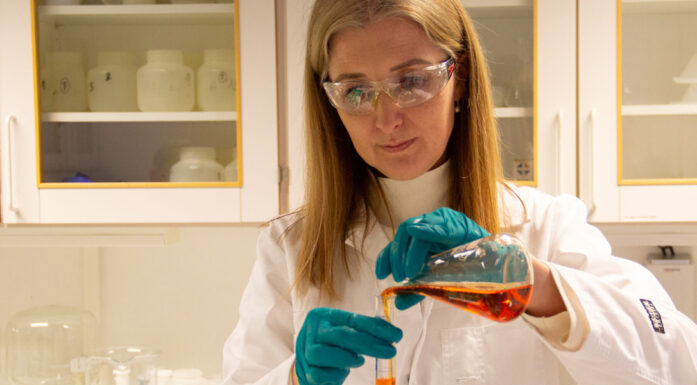Cultural health check
Portable equipment will make it easier to check the state of health of historical stone buildings.
A new diagnostic apparatus for our ancient monuments will be ready for testing by the end of 2004, when it will be tested on restoration projects, such as the Akropolis in Athens.
Several European research and industrial groups, including SINTEF, have joined forces to develop the system as part of a three-year EU project, which focuses on the traces left by time on stone structures. Rain and snow, temperature changes and air pollution can all damage stonework. The new equipment, with its associated software, will simplify the task of assessing whether and to what extent the stonework of historical monuments and ruins has been weakened.
The point of departure is an existing instrument, which will be further developed by the members of the project.
The idea is to develop a portable instrument for rapid measurement of the stiffness and strength of the stone in a building. The instrument will also be used in the stone quarries that the construction material originally came from. Comparisons of the stiffness and strength of the used and unused stone will show the extent, if any, to which the stone has degraded. The project draws on Norwegian research originally developed for the petroleum industry. SINTEF Petroleum Research is the Norwegian member, and it brings to the project measurement methods that the Institute has used to test rock cores from petroleum reservoirs.
“The new equipment could also be useful in inspections of ageing concrete structures from our own time”, says SINTEF’s project manager Euripides Papamichos.
By Svein Tønseth
Contact: Euripedes Papamichos,
SINTEF Petroleum Research
Tel: +30 697 369 3937
Email: [email protected]




